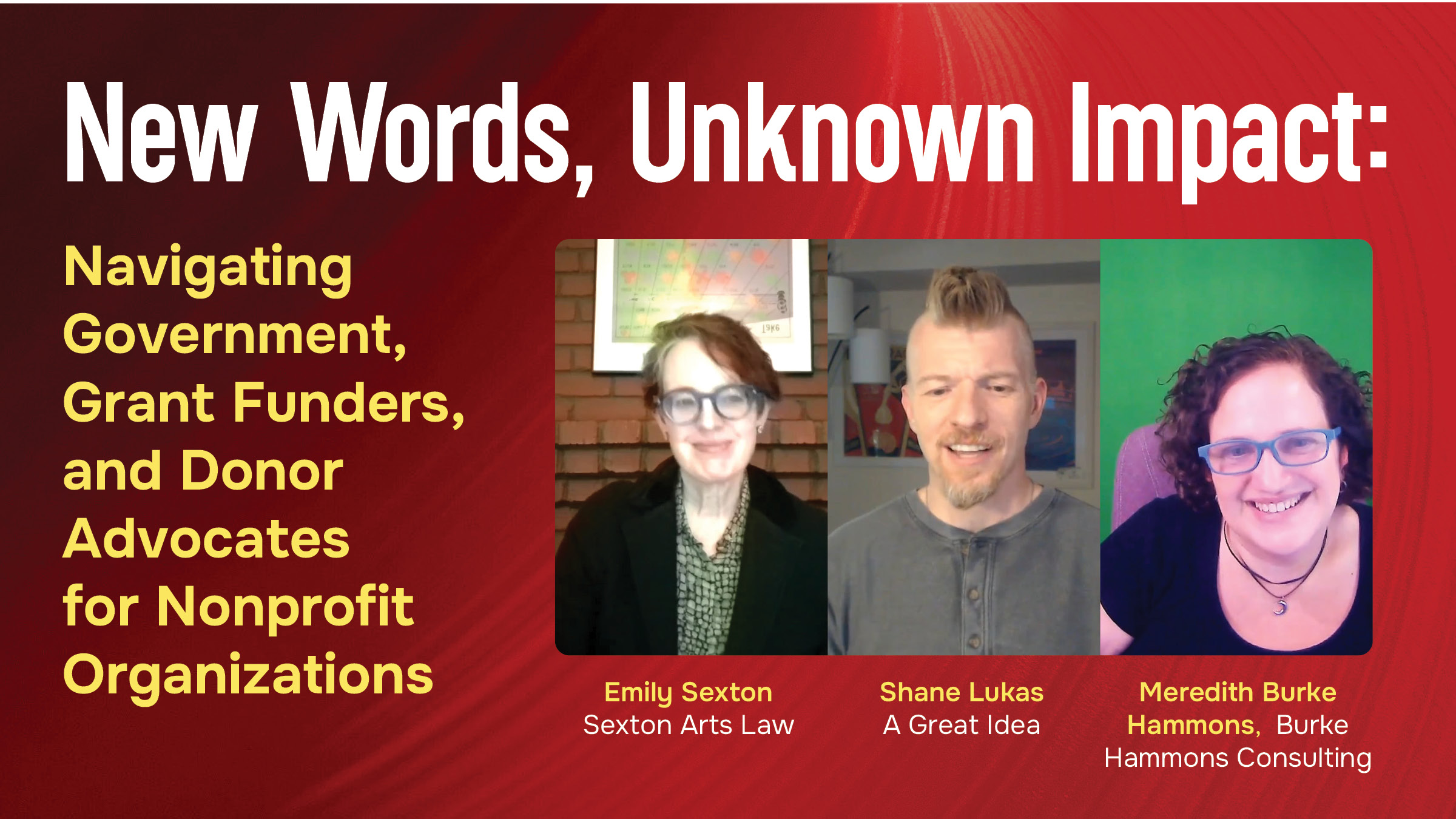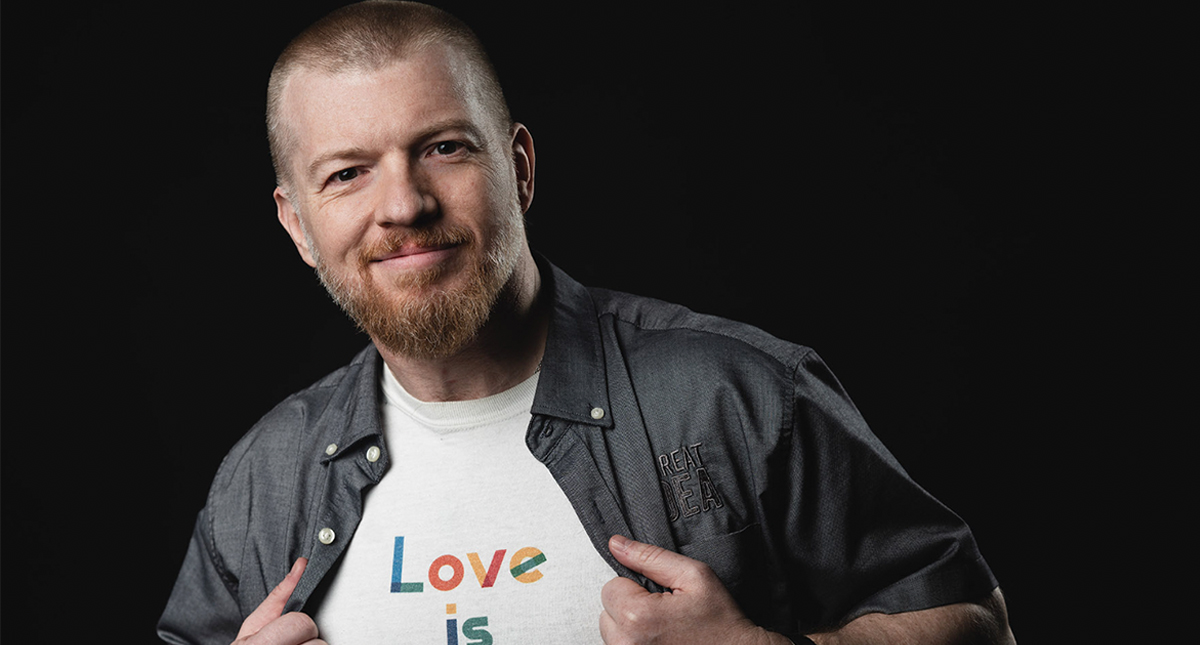Why Diverse Storytelling is Important to Get Creative
Fairy tales transcend reality. These mythical stories touch our anxieties and our dreams, catching us up into a fantasy that offers advice on how to be an ethical person in our society. Aesop’s Fables and The Brothers Grimm are story collections that catch our imagination while teaching us something about how to behave within our culture. Some stories, like that of a young woman in poverty who gets supernatural assistance to go to a fancy party and meet royalty, are found in many cultures around the world.

Every telling offers something a little bit different and invokes something unique from that culture or that era. Our version demonstrates the value of being rescued by magic. An Islamic version has Cinderella in a hijab and praises the value of piety and goodness while a Korean version tells the story after the wedding to “Prince Charming” who doesn’t turn out to be so charming after all. By comparing many versions of a tale as retold as Cinderella, we can better understand what’s important for that culture and that time period. Diverse storytelling is important. What is described as “evil” for the stepsisters tells us a lot about what is considered sinful in that culture, particularly for women. How they’re punished, too, tells us something about the importance of justice vs mercy. Thus, one story can give us a starting place to understand how to relate to people in that culture.

In marketing, having a diverse group of writers telling your story and guiding your strategy can help a wider range of your consumers feel seen and reflected. Diversity in storytelling is important, and the workplace is no different. Not only does it encourage creativity and new approaches, but it reaches people you may not even realize you weren’t reaching before. White heterosexual, Western, cisgender men are treated as the default within the media most of us consume. Anything not reflective of this “norm” gets qualifiers added – sometimes explicitly, like with “LGBTQ media,” “women’s media,” “Black media” – and sometimes in heavily coded language, like “urban.”

Within this framework, some voices are tapped so infrequently they don’t even have a “category”, such as disabled people or immigrants. It’s important for ethical and artistic reasons to encourage a variety of voices and storytelling techniques in your approach. Diverse storytelling helps prevent consumers from being bored. New approaches to old stories can make the material both nostalgic and fresh. It engages the viewer, encouraging them to think critically and feel invested in a way that creates a bond of interest in you and your work. Your brand could become like Scheherazade, telling tales to intrigue the listener and keeping them on the hook. It will broaden the appeal of your brand without seeming forced. Representation leads to more loyal customers while also improving the world at large. Isn’t that the story you want your brand to tell?
By Shane Lukas, Advocacy Expert for A Great Idea




